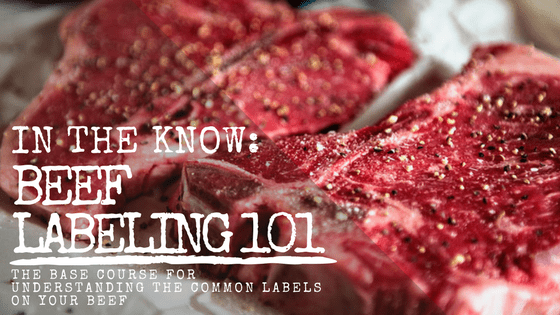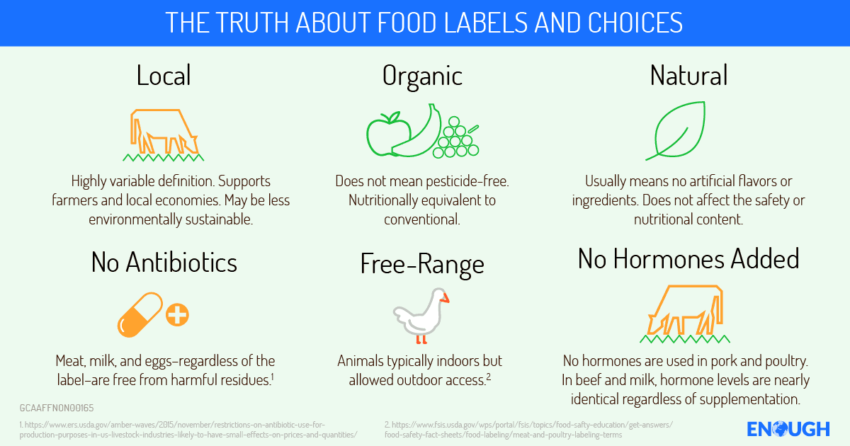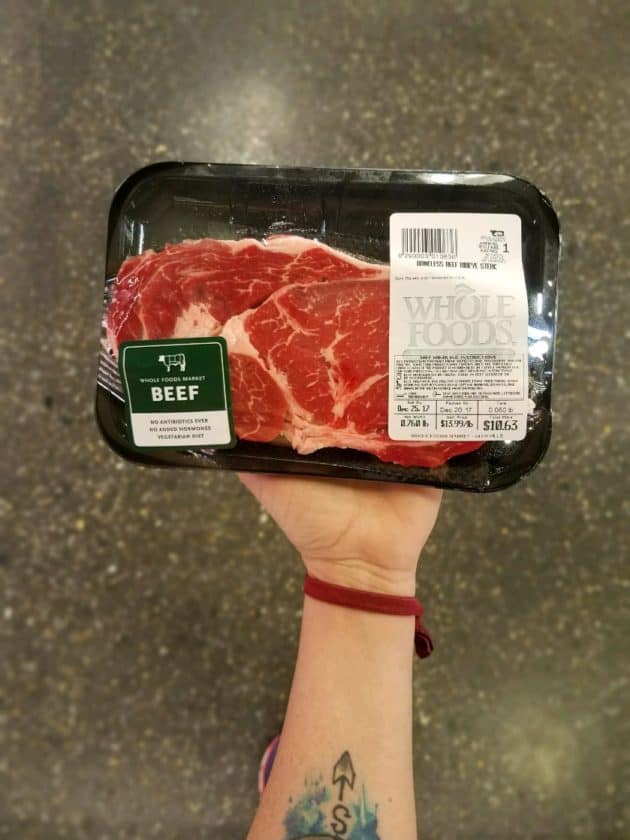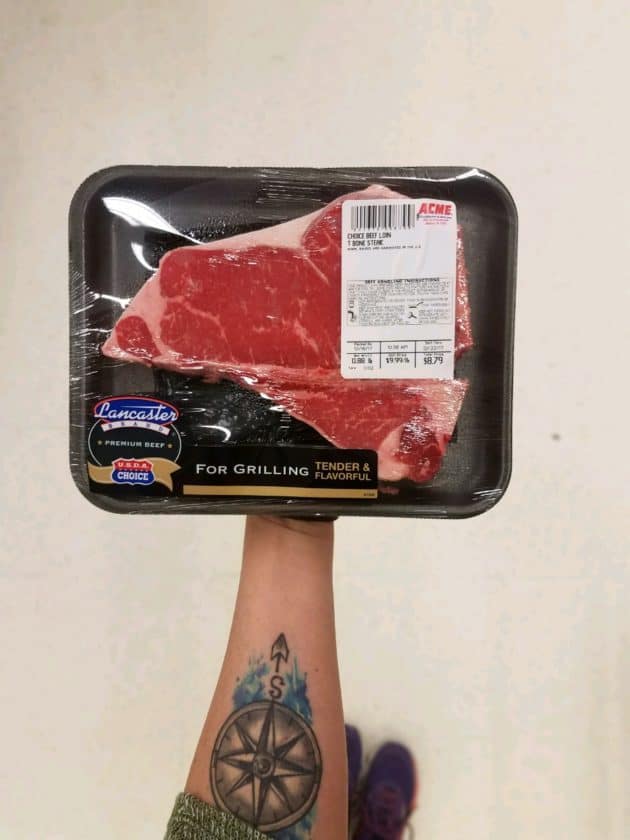What Does Fp on Beef Mean
Organic, Hormone Free, Grass Fed, Free Range, Choice, Certified Beef. What does all of that even mean? Let's break it down.

This post was sponsored by Elanco though the desire for clarification, recipe, and post are my own.
Intro to Beef Labeling 101: What does it all mean? Consider this the base course for understanding the common labels on your beef.
The other night while watching the news, I got excited to see BEEF making headlines. There was a promised segment on the late news program about beef labels. I made sure to tune in, only to be further confused and perplexed about meat after the 3-minute segment aired.
Most people don't find themselves traveling across the country to talk to farmers one-on-one, listening to respectful conversations from pharmaceutical companies on animal medicines, meat labs of top universities, or at the HQ for the nations beef program. But I have, which leads down a rabbit hole of information. And I still found myself confused by what I heard on the news.
I headed to my local markets to see what the stickers on their beef products were to see what I could discern from one to the next.
Today I wanted to take a moment to break down some of these labels for you in a fundamental way. Hopefully having a precise definition can help weed out some concerned thinking as you are trying to get home and dinner on the table (or maybe even this delicious brunch).
There is a myriad of helpful resources on the internet for learning more about the labeling on your food products. At the end of the day, we need to make the choices within our means that best suit our expectations and values. This is a loose guideline for when you are, like me, overwhelmed at the market.
Have a moment? Here is a great video discussing Beef Labels.
What is the USDA? From Wikipedia: United States Department of Agriculture, also known as the Agriculture Department, is the U.S. federal executive department responsible for developing and executing federal laws related to farming, agriculture, forestry, and food.
In other words, these guys regulate the labels we are about to talk about, so I thought it best to start with that.

Prime, Choice, and Select = Quality of the beef cut. When you see Prime, Choice or Select on your beef, you are essentially reading the 'grades' of meat. It is a system that has been standardized and is in common practice regulated by the USDA. Each cut will be graded depending on the marbling, age of the animal, and other critical features for the tenderness and flavor of the meat. All of these choices make for quality cuts of beef to be used in your kitchen and I, personally, bounce back and forth depending on my budget and needs.

Grass Fed: Grass-fed labeling means that the animal only grazed on grass after being weaned from mother's milk. It should be noted that beef cattle all graze in pastures for some duration of their lives. However, for a variety of economical, environmental and production reasons, most are transitioned to grain and roughage diets for several months while they are finishing coming to market weight. Curious about grain fed vs grass finished? Check this article out.
No Antibiotics: The No Antibiotics label means that the animal was never administered antibiotics and the producer must provide paperwork to the USDA to prove this. Regardless of administration of antibiotics or not, all beef is tested to ensure safety. Antibiotics are used to treat sick animals on an individual basis by trained veterinarians and staff to ensure the quality of life for the animal and safety of the final product. Animals that have been treated are monitored for recovery and, with growing food safety standards, It is required that any animal that has been treated with antibiotics be held a standard withdraw period, showing no trace of the antibiotic in the animal's system, before going to processing.

No Hormones: This label means the animal was never administered additional growth hormones, though all animals naturally produce hormones. Additional paperwork is required to prove this to the USDA. For a quick visual to compare the estrogen levels click here.
Organic: USDA Organic Beef must follow the USDA National Organic Program and been fed only an organic diet and have not been treated with hormones. The exact text from the USDA site reads, "regulations require that animals are raised in living conditions accommodating their natural behaviors (like the ability to graze on pasture), fed 100% organic feed and forage, and not administered antibiotics or hormones." Check the USDA page for more information on USDA Organic here. Or for further info on Organic Beef – check out their longer explanation here.

Want an even clearer picture? Refer to this easy snapshot as a beef label refresher on the go.
*Each of these labels is independent of each other.
Check out this breakdown to simplify what beef you should be buying for your own needs and concerns.
Now, let's get to cooking.
Reader Interactions
Source: https://girlcarnivore.com/beef-labels/
0 Response to "What Does Fp on Beef Mean"
Post a Comment